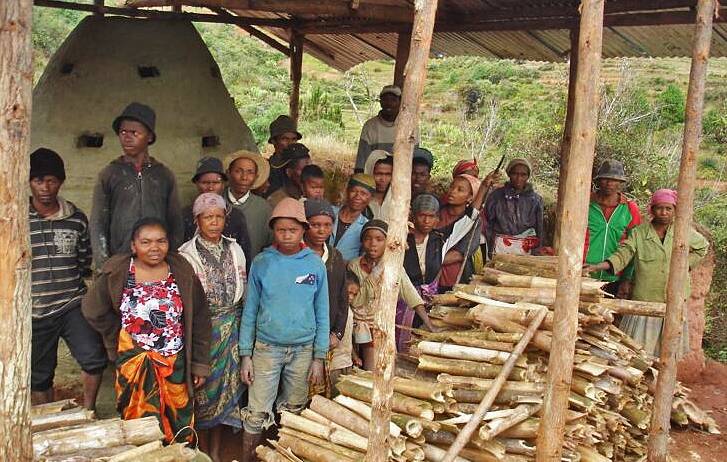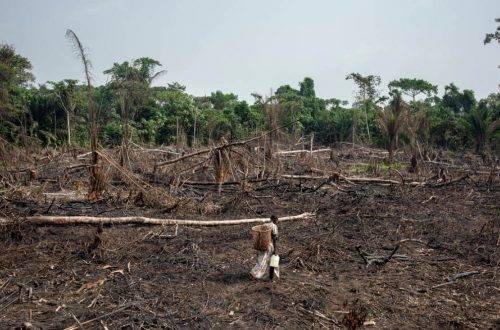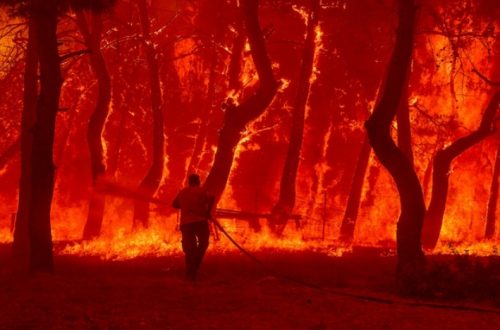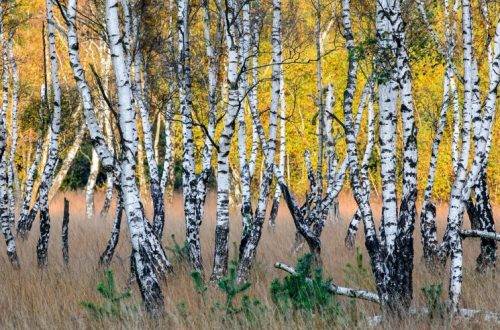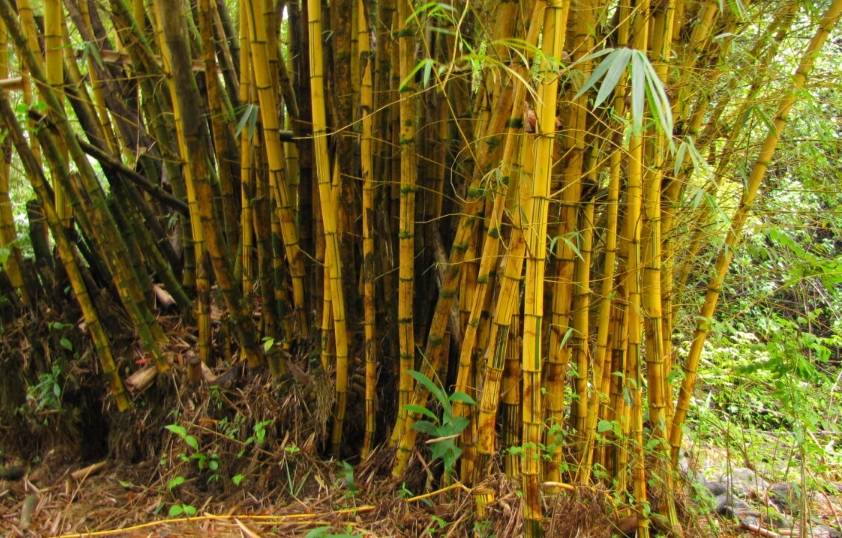
A Sustainable Shift: Bamboo to the Rescue in Madagascar
Rice fields surrounding the Ankarafantsika National Park in northwest Madagascar have been flooded. To survive, local residents are forced to illegally exploit the forest’s natural resources. To reduce their dependence on the forest, local communities are planting versatile bamboo species from Asia for charcoal production and watershed restoration. Although an scientists express concern about the ecological implications of their use.
Ankarafantsika is trapped in a self-destructive cycle. A dangerous interplay between deteriorating livelihoods and environmental degradation is intensifying. Logging in this protected area has caused silt buildup in local rice paddies, the primary source of income for locals.
This has inadvertently pushed them further into the forest’s embrace for sustenance, worsening the silt crisis.
The Environmental Toll: Research Highlights
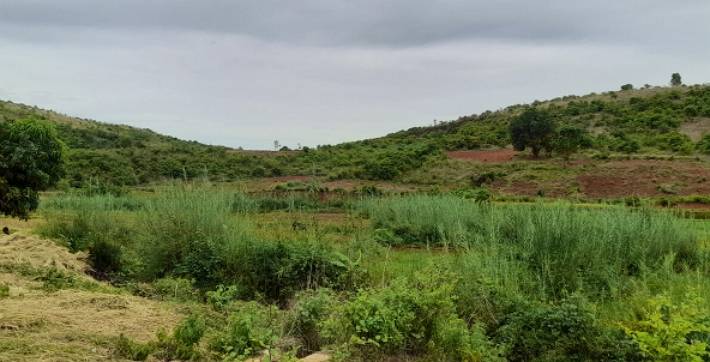
According to Global Forest Watch, between 2000 and 2021, the Boeny region saw the loss of a staggering 117,000 hectares (almost 290,000 acres) of tree cover. Jean-Yves Razafindrakoto, director of the Valiha Diffusion, a leading reforestation association in Madagascar, states that Ankarafantsika’s core forest — a biodiversity jewel — has witnessed an alarming reduction of up to 70%.
Heralded as a sanctuary for some of the globe’s rarest species, such as the Madagascar sea eagle and the Mongoose lemur, Ankarafantsika National Park stands as a bastion of biodiversity. Both species, unique to Madagascar, are critically endangered, emphasizing the urgency of conservation.
The Bamboo Solution
In December 2022, with the support of Valiha Diffusion, an impressive 8,500 bamboo pots spread across nearly 52 acres were planted. By using this bamboo for charcoal, the hope is to shield the Betsiboka River and nearby watersheds, mitigating the silting issue that plagues the rice paddies.
“Bamboo offers multifaceted benefits. Beyond being a rapid grower and erosion combatant, its versatility is unmatched — from charcoal to tools, even to culinary delights like pickle dressing from its shoots,” reveals local resident Joel Ramanangasoavina.
Community Empowerment
The bamboo initiative, spread across four distinct municipalities near the park, has directly uplifted nearly a hundred local residents. Joel adds:
“Previously, our diet was monotonous, centered around cassava. Today, we enjoy diverse meals, ensuring our children receive an education.”
Bamboo Economics
A single hectare of bamboo can generate up to 1,000 bags of charcoal annually, fetching 35,000 Ariary ($7.76) per bag. Comparatively, traditional charcoal, weighing around 25 kg per bag, fetches a similar price. Bamboo charcoal, besides being tidier and more efficient when burned, is significantly more lucrative, as observed by beneficiaries of prior bamboo projects.
Ecological Concerns with Bamboo Plantations
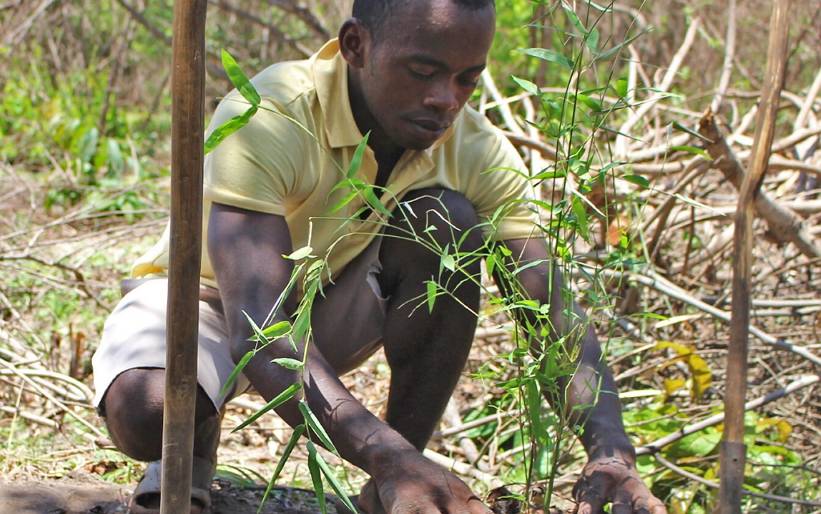
While bamboo is celebrated for its watershed preservation and impressive carbon sequestration potential, scientists express concerns over certain bamboo species’ rapid spread. Sylvie Andriambololonera, a researcher at the Missouri botanical garden in Madagascar, cautions about bamboo’s invasive nature, especially B. vulgaris, advising a distance of at least one kilometer from the forest to prevent potential invasions.
Locals, aware of this potential problem, have implemented measures to counteract bamboo’s spread. These include
- planting bamboo at least 1.5 kilometers away from the forest,
- ensuring ample spacing between bushes,
- and creating deep canals around mature bamboo plantations.
Naina Nicolas Rasolonjatovo, head of the reforestation department at the Valbio centre, emphasizes that the bamboo, especially B. bambos, can form dense clusters if not spaced adequately, making them inaccessible. Another looming threat is the high susceptibility of bamboo to fire, particularly concerning given the frequent bushfires in the region.
Bamboo Reforestation: A Double-edged Sword?
While bamboo reforestation offers clear advantages, including “oriented reforestation,” its ecological impact is under scrutiny.
“In terms of a holistic ecological reforestation initiative, I remain unconvinced,” admits Rasolonjatovo.
As Madagascar grapples with the intricate interplay of environmental degradation and declining livelihoods, the bamboo solution emerges as a beacon of hope, albeit with challenges that need addressing.
